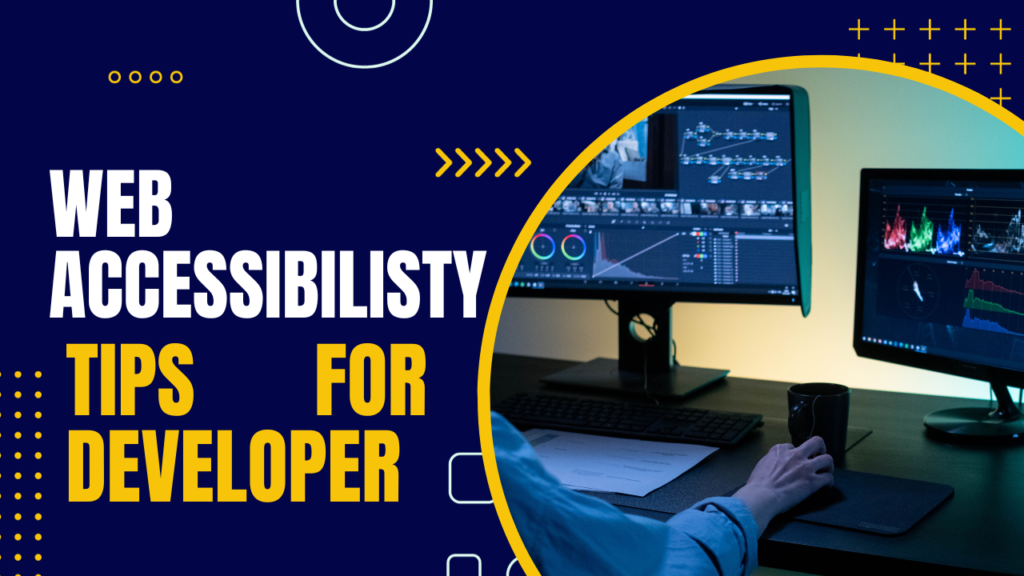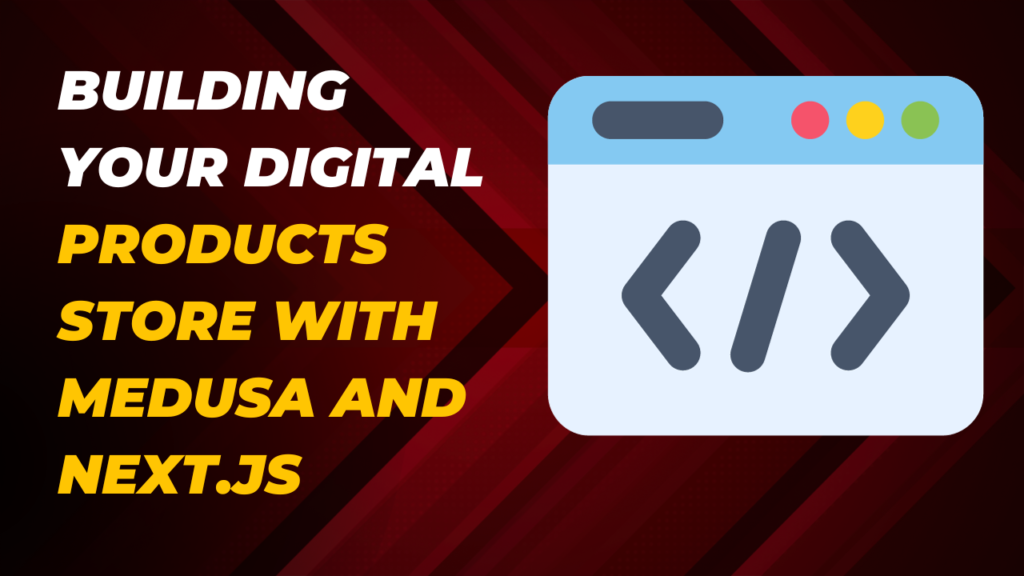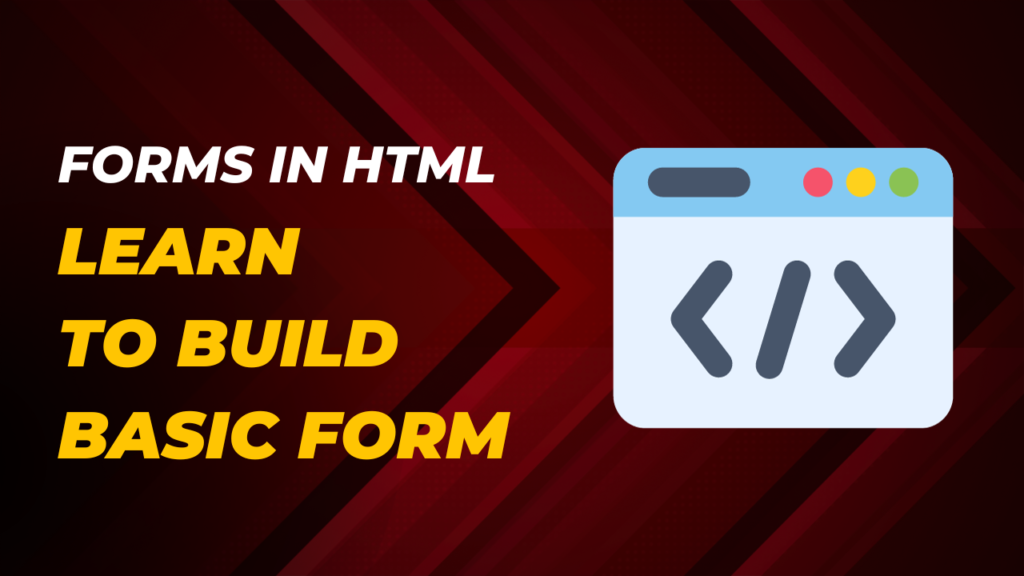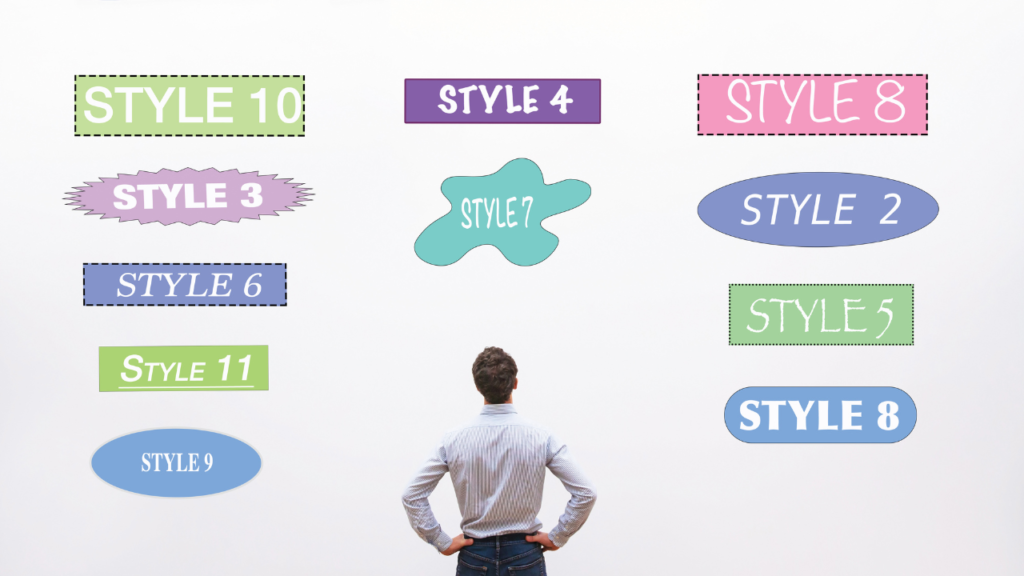How to Implement Two-Factor Authentication with PyOTP and Google Authenticator in Your Flask App
Two-factor authentication (2FA) is a security method that requires users to provide two pieces of information to verify their identity and access an online service. The first factor is usually a password, and the second factor is usually a one-time code generated by an app or sent via SMS. 2FA adds an extra layer of protection against hackers and identity theft, as it makes it harder for someone to access your account without your permission.








